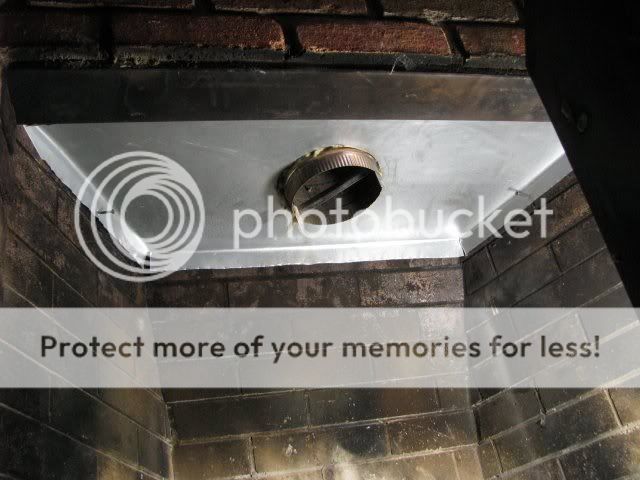You can put it inside the opening where the air blows out like the previous post says, or you can get one of those point and shoot ir temp guns and aim it inside the air outlet or on the upper section of the glass door. The point and shoot will give you the most accurate reading, that is what I use. The below link is one example, in this example you would need the MT-Pro because it reads over 900 degrees. There are many other models out there by other companies also, just make sure the one you select is rated for a high enough temp.
http://www.cabelas.com/cabelas/en/t...en/common/search/search-box.jsp.form1&Go;.x=0
http://www.cabelas.com/cabelas/en/t...en/common/search/search-box.jsp.form1&Go;.x=0




 Was wondering if the insulative effect had anything to do with that, it sure probably didnt help getting it cooled down quickly. Had the front edge of the baffle starting to glow orange. All that was within 15 minutes of a reload in the 300's.
Was wondering if the insulative effect had anything to do with that, it sure probably didnt help getting it cooled down quickly. Had the front edge of the baffle starting to glow orange. All that was within 15 minutes of a reload in the 300's.